Agriculture employs 45% of Ghana’s workforce and is a driving force for growth and the reduction of poverty. It was the second sector in terms of growth performance in 2018 and provided key support to overall growth, due to sustained expansion in the forestry and logging, crops, and livestock sub-sectors, according to the World Bank’s Fourth Economic Update.
Agriculture contributed 19.7% to Ghana’s GDP in 2018, compared to 18.3% in 2017. Th is growth is largely due to Ghana’s Planting for Food and Jobs campaign and the Modernising Agriculture in Ghana (MAG) programme, which provided enhanced access to technological improvements such as high-yielding seed varieties and fertiliser, both organic and inorganic.
Small-scale farmers produce 80% of Ghana’s agricultural output and 90% of them work on less than two hectares. There are also large farms and plantations, particularly for rubber, oil palm and coconut and to a lesser extent, rice, maize and pineapples.
Cocoa dominates Ghana’s agricultural exports and has historically been a key economic driver and a major source of fiscal earnings. Ghana is the second largest cocoa-growing country in the world after Côte d’Ivoire. The country holds a significant share of Africa’s fruit and vegetable export quota to the EU.
Cashew nut exports went up 44% in 2018, aft er farmers received better performing seeds and pesticides in a government-supported programme.
Planting for Food and Jobs
The Planting for Food and Jobs programme seeks to increase the availability and the quality of food in the country, improve efficiency in the agriculture and agro-processing industries, create an environment conducive to private sector investment and participation, and provide jobs for the country’s unemployed youth.
Since 2017, the domestic production of maize has increased by 72%, rice by 24%, soya bean by 39% and sorghum by 100%, as outlined in Ghana’s 2019 midyear budget statement. The programme involves the construction of dams, solar powered groundwater irrigation systems and warehouses.
Investment opportunities
Ghana’s lower middle-income status, combined with the emerging oil economy, imply a growing middle-class whose demand for quality and safe foodstuff is rapidly increasing. This could provide an opportunity to spur agricultural transformation, if supported by the implementation of an effective sector strategy in line with the country’s new Planting for Food and Jobs programme, according to a World Bank report.
GIPC points out that Ghana is attractive for agribusiness investors due to its vast arable land, suitable climatic conditions and generous water resources, which make it ideal for commercial farming of staple crops such as rice, maize, soya beans, millet, yam and plantain.
Agricultural land is estimated at 13.5 million hectares, 50% of which is currently under cultivation, with only 228,792 hectares under irrigation out of an estimated 6.4 million cultivated hectares.
Livestock production methods include the mixed farming system, more prevalent among small farmers, and the pure livestock farming system, geared towards meat production. The main livestock produced are poultry, cattle, sheep, goats and pigs.
The fisheries sub-sector also contributes to the achievement of the country’s food security goals by providing high-quality and affordable fish protein in the daily diet of many households. Fish production involves inland capture, cultured fisheries and aquaculture-based fisheries. The main sources include: the Volta Lake, lagoons, reservoirs, irrigation dams and dug-outs as well as other inland water bodies.
According to GIPC, opportunities for private investment include the production of improved seeds, fertilisers, pesticides and herbicides; the establishment of day-old chick hatcheries, vaccine and feed additive factories, and large-scale processing facilities for fruits, vegetables, cash crops, industrial crops, food crops, fish and meat; commercial fruit and vegetable pack houses; production of dairy products, fi sh feed, ostrich and cow leather, and jute sacks.
Technology and support opportunities
There is a need for mechanised equipment for commercial production and land preparation, local manufacturing of simple replacement parts, tractor assembly plants, equipment leasing companies or agriculture mechanisation centres; irrigation and fishing equipment; cold storage facilities for fruits, vegetables and livestock products; manufacturers of hatcheries, agroprocessing and packing equipment; factory building technology; technological and consulting services; research and agriculture development; inspection, grading and capacity building on international standards and certification; a factory to make greenhouse units from local materials; and commodity exchange operations.
Marketing and distribution opportunities
The sector needs services such as transport, packaging, storage facilities and cold vans as well as distribution of improved seeds, planting materials, fertilisers, pesticides, veterinary drugs, vaccines and chemicals, feed and feed ingredients. There is a need to market value-added and processed food in international markets such as the EU, Asia and the ECOWAS region.
Incentives and benefits
These include exemptions of import duties on imported plant, machinery or equipment, fertilisers, and pesticides; a five-year tax holiday for the cultivation of horticultural crops, cash crops, fish farming, poultry, and farming livestock other than cattle, the production of cocoa waste by-products, and agro-processing firms; a ten-year tax holiday for cattle farming/ranching, coffee, oil palm, and coconut; and a seven-year tax holiday for companies processing waste products. Cocoa farmers are tax-exempt indefinitely while timber companies enjoy reduced taxes depending on their location.


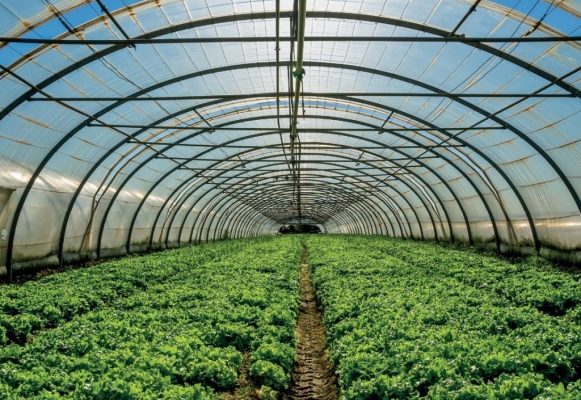
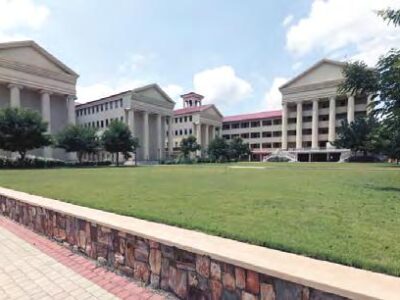
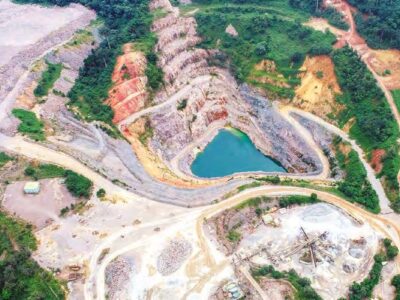
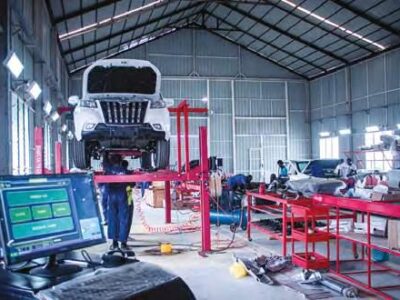
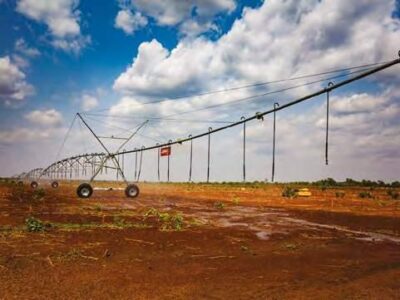
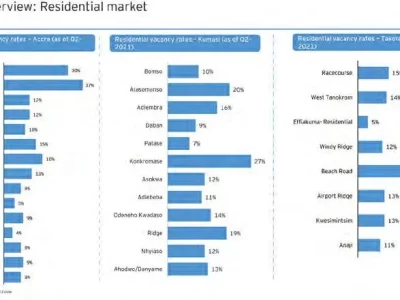
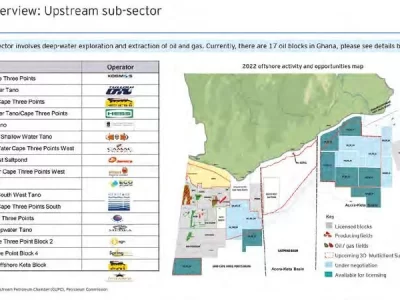


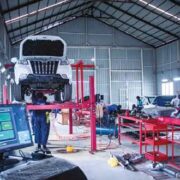
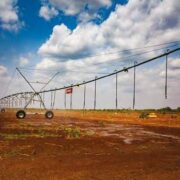
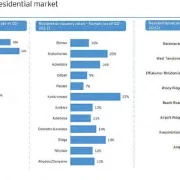
Comments